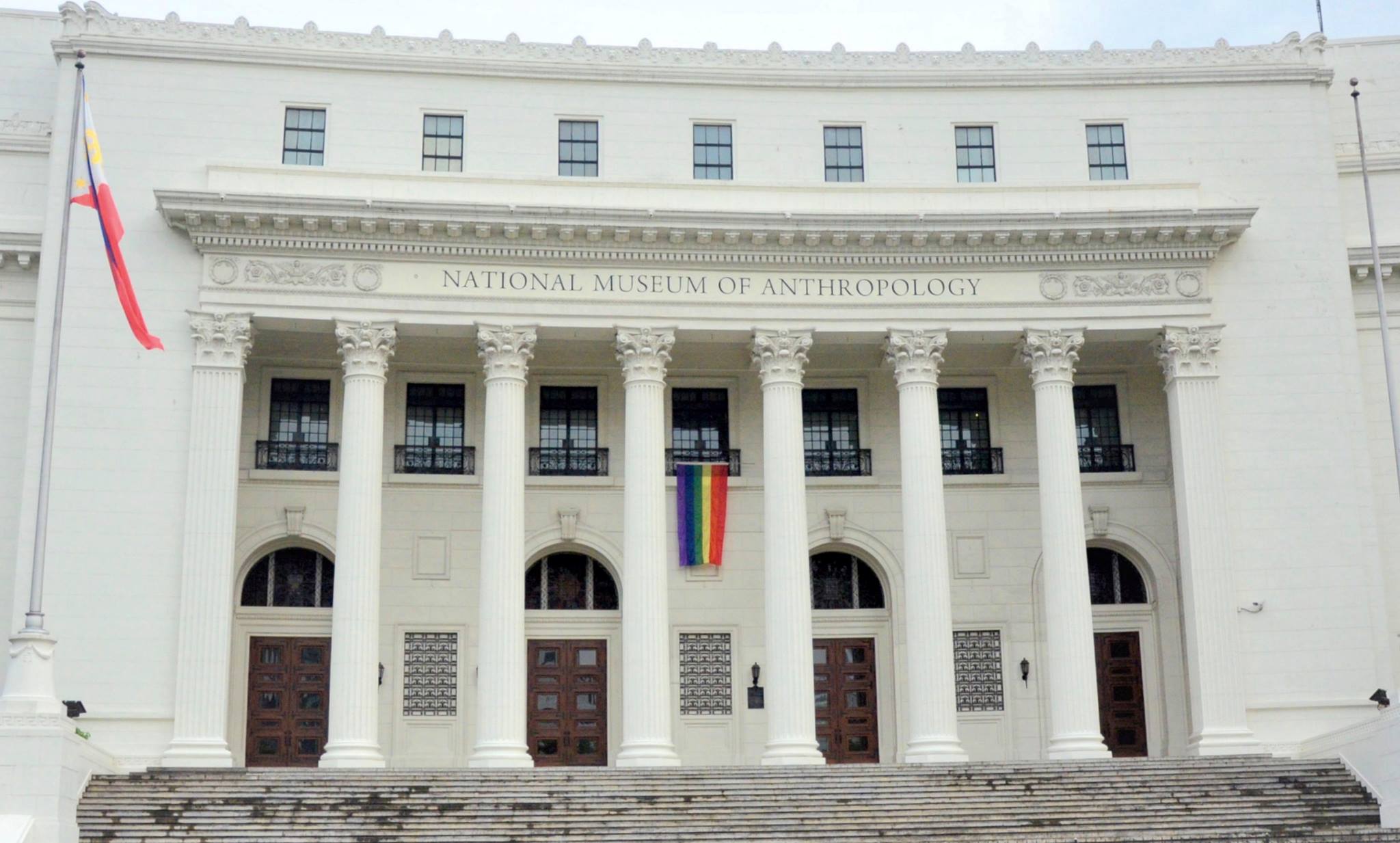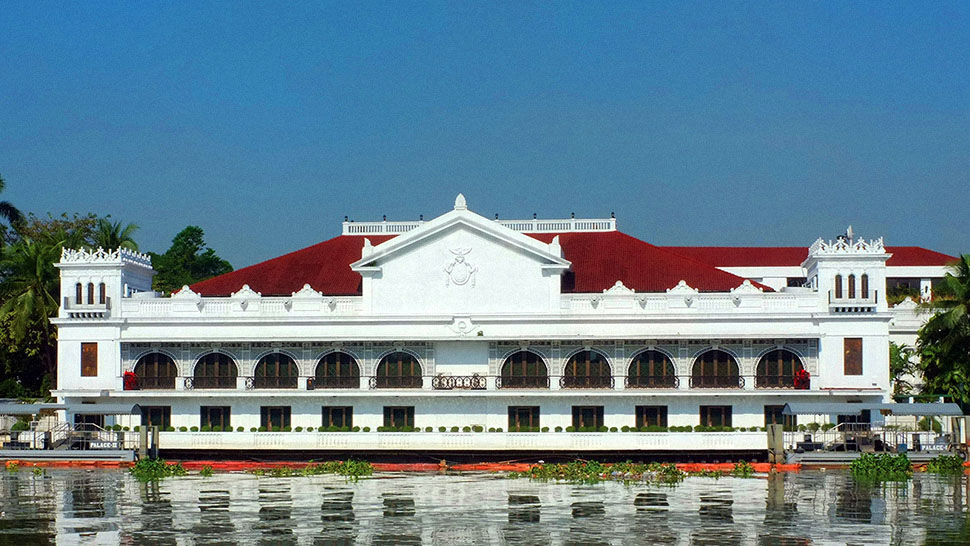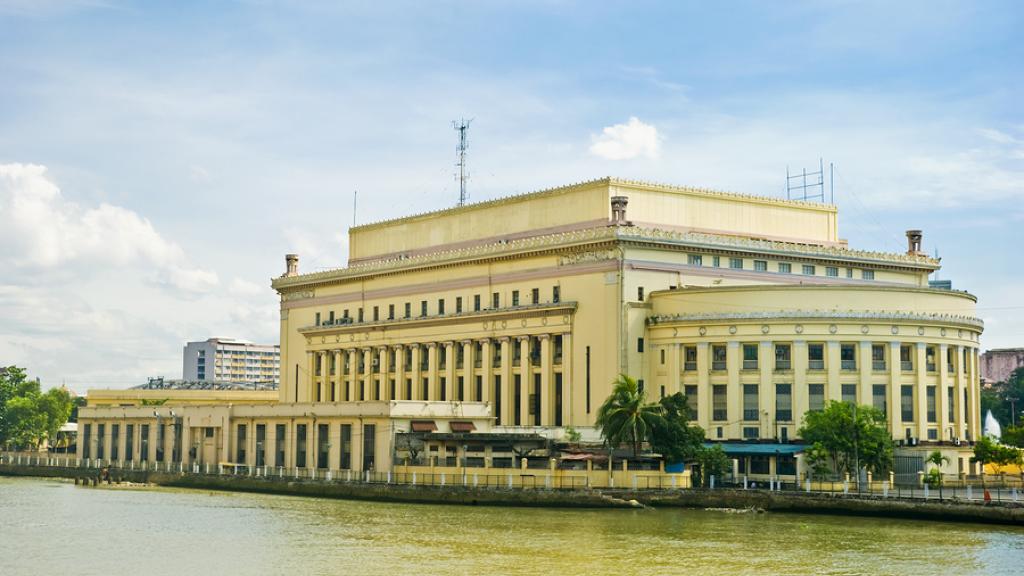Neoclassical Architecture in the Philippines: A Heritage Worth Preserving
 National Museum of Anthropology-Manila
National Museum of Anthropology-Manila
What is Neo-classical Architecture?
The term "neoclassical architecture" describes a design era that began in the 18th century and drew inspiration from the classical structures of ancient Greece and Rome. It was a response to the ornate and ostentatious Baroque and Rococo fashions that came before it. Neoclassical architecture placed an emphasis on simplicity, symmetry, and order in an effort to revive the ideas and designs of classical antiquity.
Characteristics of Neo-classical Architecture
1.Symmetry
In both their overall form and in the placement of windows, doors, and other architectural components, neoclassical buildings frequently exhibit a sense of balance and symmetry.
2.Classical Orders
Doric, Ionic, and Corinthian columns from classical architecture are frequently used in neoclassical designs. The columns and capitals used in classical Greek and Roman architecture served as the inspiration for these designs.
3.Pedimens and Porticos
Neoclassical structures frequently have porticos, which are covered colonnades or porches supported by columns, and triangular pediments over the main entrance.
4.Simple and Elegant forms
Clean lines and straightforward geometric shapes are favored in neoclassical architecture. Usually rectangular in shape, buildings have a sense of balance and proportion.
5.Use of classical Elements
Arches, domes, vaults, and colonnades are just a few of the ancient Greek and Roman architectural features that are incorporated into neoclassical structures.
Neo-classical Architecture in the Philippines
During the colonial era, when the Philippines was ruled by Spanish and Americans, neoclassical architecture had a big impact on the country's architectural landscape. The two main examples of Neoclassical architecture in the Philippines are the Spanish Colonial Revival style and the American Colonial Neoclassical style.
Spanish Colonial Revival Style: Neoclassical elements were incorporated into many buildings during the Spanish colonial period, which lasted for more than 300 years until the late 19th century. The Neoclassical elements of the Spanish Colonial Revival style were combined with regional influences to produce a distinctive architectural style. Examples that stand out include:
Malacañang Palace
The official residence of the President of the Philippines showcases Neoclassical elements in its facade and design. It features a grand entrance with columns, symmetrical proportions, and decorative details inspired by classical architecture.
 esquiremag.ph
esquiremag.ph
Manila Cathedral
Throughout its history, the Manila Cathedral, also referred to as the Cathedral-Basilica of the Immaculate Conception, has undergone numerous reconstructions. The grand facade, columns, and dome of the current building, which was constructed in the middle of the 20th century, all display Neoclassical elements.

Bahay na Bato
A common style of home during the Spanish colonial era was the Bahay na Bato, which combined Spanish and native Filipino architectural elements. Neoclassical features like elaborate balconies, wooden columns, and symmetrical patterns were frequently present.

American Colonial Neoclassical Style: When the Philippines came under American control in the early 20th century, American architects brought the Neoclassical style with them. Several public structures, including educational facilities and government buildings, are influenced by this architectural style. Examples that stand out include:
Manila Central Post office
The Manila Central Post Office, constructed in the early 20th century, is a prime example of American Colonial Neoclassical design. It has an imposing facade with Corinthian columns, a pediment, and ornamental accents evoking classical Greek and Roman architecture.

Unfortunately, the historic 100-year-old Manila Central Post office was engulfed with fire. The building was ravaged with fire and was raised at first alarm on May 21, 2023, at 11:41 PM. To read more about the fire incident, click here.
National Museum of Fine Arts
This famous building in Manila, formerly known as the Old Legislative Building, was built in the first decade of the 20th century. With its symmetrical design, grand entrance, and classical ornamentation, it demonstrates a fusion of Neoclassical and Beaux-Arts architectural styles.

University of the Philippines-Diliman
Neoclassical influences can be seen in the buildings on the University of the Philippines' main campus in Diliman, Quezon City. The Palma Hall and Quezon Hall are two notable examples, both of which have columns, pediments, and classical ornamentation.

These are just a few instances of Philippine Neoclassical architecture. The architectural heritage of the nation has been significantly influenced by the style, which can be seen in a number of Philippine government buildings, churches, universities, and historical structures. All of the heritage listed above must be preserved and taken care of, so that future generations will be able to see and appreciate the beauty and story of these architecture.
- #Philippine Architecture
- #Architecture in the Philippines
- #Spanish architecture
- #neoclassical architecture
- #heritage





